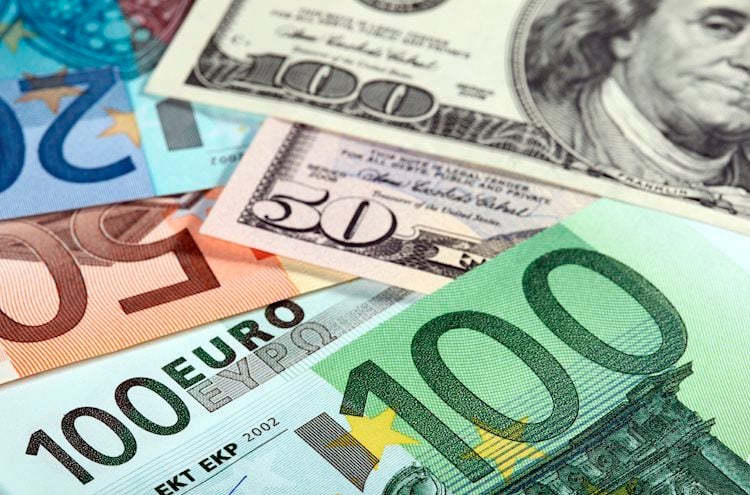Jobs
NYC’s COVID-19 recovery should see ‘moderate growth’ in jobs, report says

A new report has found a “mixed bag” for New York City’s economic recovery from the COVID-19 pandemic — record highs of job growth in the private sector and the value of city-produced goods and services but climbing demand for welfare.
The report, published this month by the Partnership for New York City business group, found that forecasts of the economy predict “moderate growth in jobs and output through 2028.”
Beginning in March 2020, as coronavirus swept the world, New York City became the pandemic epicenter, leading to work-from-home policies, government-mandated shutdowns and widespread sickness and fears that crashed the economy.
Now, the Partnership report has found, the city’s economic outlook “is continued slow but steady growth.”
The report found that the Long Island Rail Road carried an average of 187,000 riders this year through March 20, or 72% of the pre-pandemic volume.
The gross city product — GDP for a municipality — expanded 2.3% to $1.05 trillion in 2022, a record high, up 4% from $1.02 trillion in 2019. Growth moderated last year to less than 2% and will keep just below 2% in annual growth through 2028.
Projections show that employers will add about 90,000 jobs this year, and total employment is expected to increase an average of between 60,000 and 90,000 every year from 2025 to 2028.
In February, nearly 8,000 jobs were added, bringing employment to a record of 4.13 million, powered by “strong health care hiring,” the report found. There are now more health-care-sector jobs this February compared to just before the pandemic 969,000 vs. 824,000.
And the rate of unemployment was down to 5.1% in February, the lowest level since last August.
The report also showed that venture capital funding slowed in the city and nationwide last year. Still, 15% of all such deals that year were in the metro area, second only to the Bay Area.
While the city’s tourism industry is continuing its gradual recovery, with 61.8 million travelers to the city last year, which is 93% of the 2019 level, hotel occupancy is 8.9% lower than pre-pandemic, and attendance and sales at Broadway shows are down 26% and 18% respectively from equivalent time in the 2019 season.
Citywide, demand for welfare has kept climbing: Nearly 523,000 New Yorkers got welfare in February, the most in at least four years, and up 53% from Feb. 2019.
New York University professor Mitchell Moss said that despite real progress, the city still is facing real problems including vacant office and retail space, particularly in parts of Manhattan.
“You can’t judge the city by numbers. You have to use your eyeballs,” Moss said.










